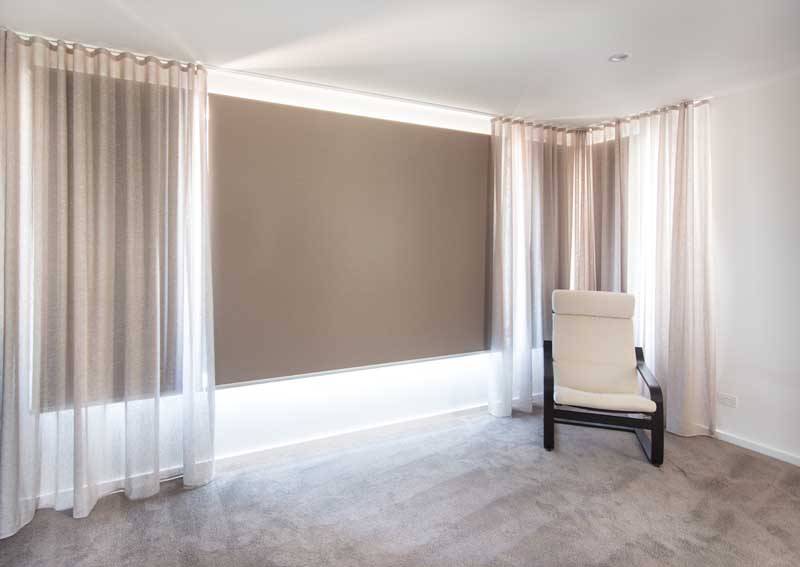How Blinds and Awnings Help Your Home’s Green Rating
Your home’s green rating is a measurement system based on its water usage, waste management, indoor environment and, most importantly, its energy efficiency. The average household in Australia produces more than 18 tonnes of greenhouse gases per year and a lot of this is from heating in winter and cooling in summer. Energy conservation measures can dramatically reduce these greenhouse emissions, and having the correct blinds and awnings can play a big part in this.
About windows
Windows are a major source of heat gain and loss, adding to our cooling bills in summer and our heating bills in winter. Installing the correct window coverings can have a dramatic effect on your household energy consumption. It can lower the average electricity bill by as much as $60 a year and reduce carbon emissions by up to 200 kg a year.
About blinds and awnings
External shading from awnings is the most effective way to reduce heat gain through windows in summer, while internal window coverings play a big part in keeping warm air from escaping in winter. Both kinds of window coverings have their own part to play in your home’s energy conservation strategy and you should choose the kind you purchase carefully, with an eye for quality and durability as well as price.
Summer cooling
In summer, external awnings can reduce heat gain by as much as 80%, compared to just 20% with internal window coverings. Awnings should be fitted on all north, east and west facing windows and should extend out at least twice as far as the height of the window, in order to block low-angled morning and afternoon sun.
Awnings can be fixed or retractable and the best kind are those you can adjust to suit the conditions at any particular time of day. They can be made from a variety of fabrics and the toughest are those that rate well on the Beaufort wind scale.
In conjunction with close-fitting blinds on the inside, awnings can have a significant influence on home cooling costs by reducing the need for air conditioning on all but the most stifling of days.
Winter heating
During the colder months, your window coverings need to keep the heat in, and this is where internal window coverings are so important. Lined curtains or close-fitting Holland or Roman blinds work best. They should be made from a tightly-woven fabric, such as a cotton-polyester blend, and should have a box pelmet to prevent heat loss at the top. Open them during the day to catch the winter sun and close tightly at night to keep the warm air in and you should notice a distinct difference in your heating bill.
In Australia, a home’s green rating is something of a theoretical concept at present, but with environmental awareness on the increase, energy efficiency is becoming a selling point for many buyers. Having energy conservation measures in place, such as efficient window coverings, is a wise move not only from a cost-saving perspective, but also as a way of improving the value of your home in the future.














No Comments